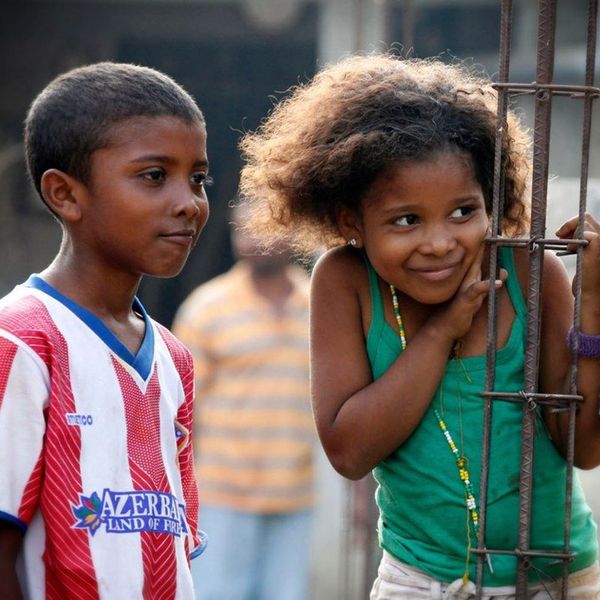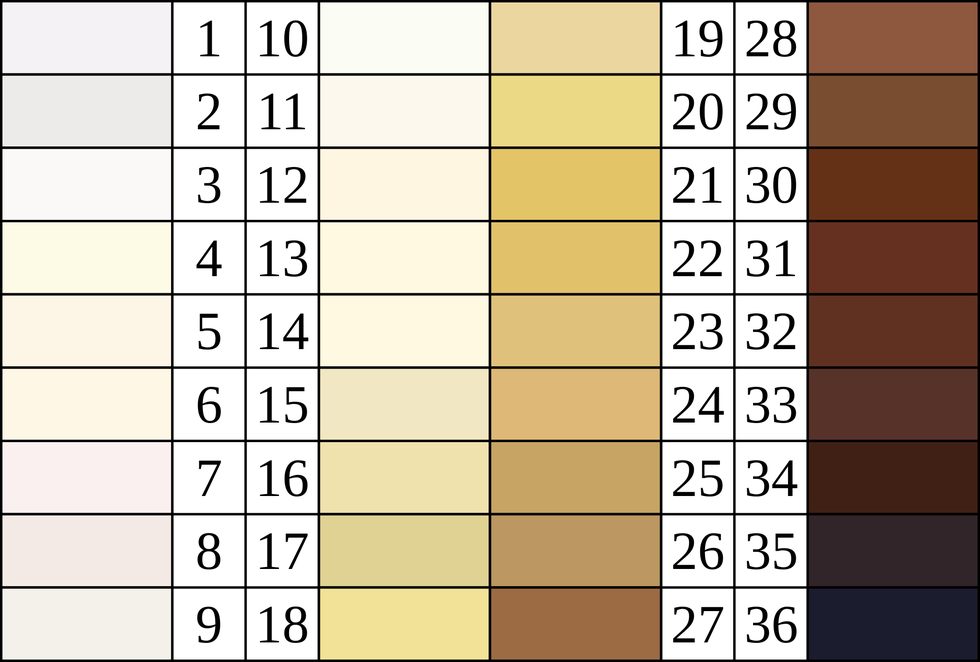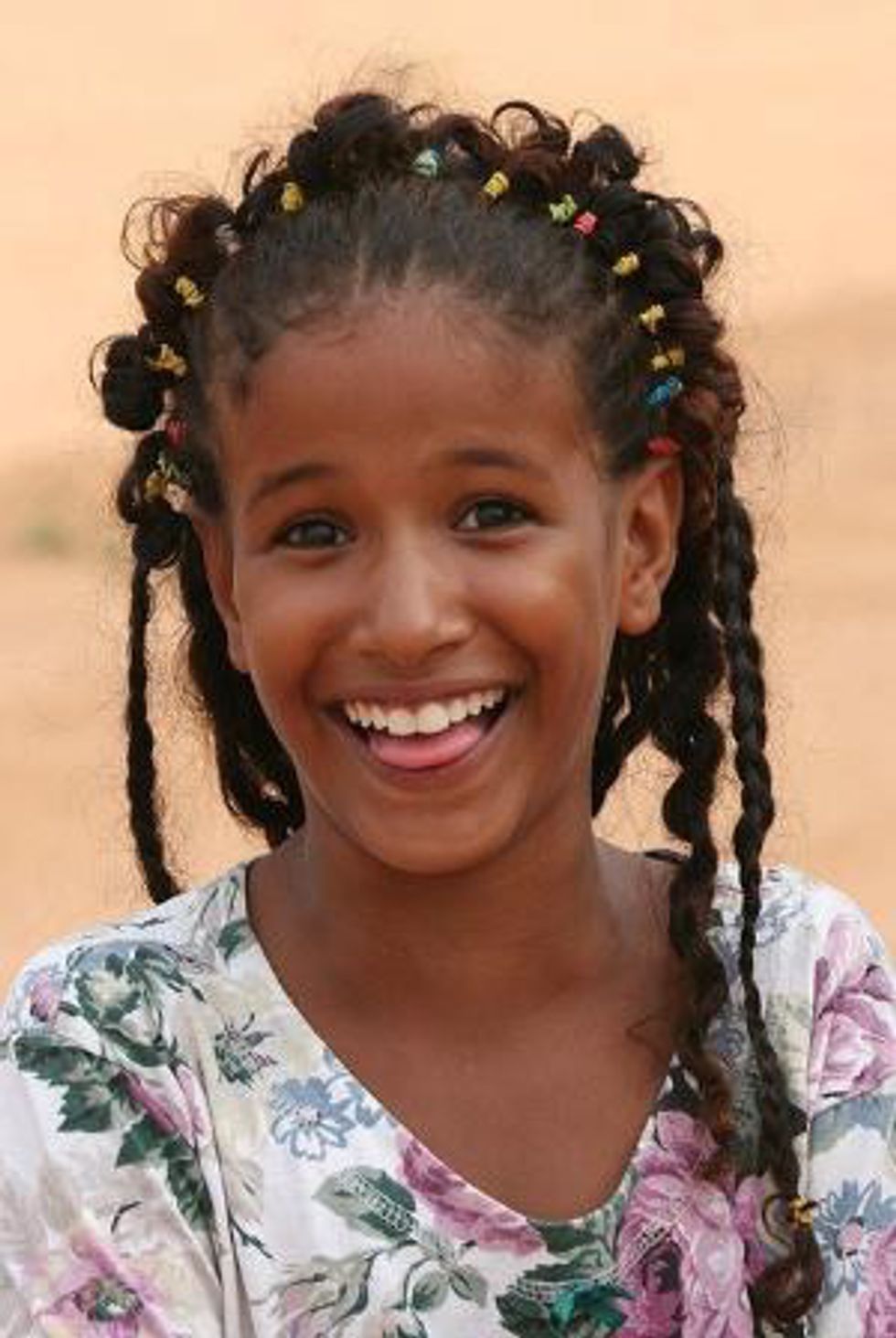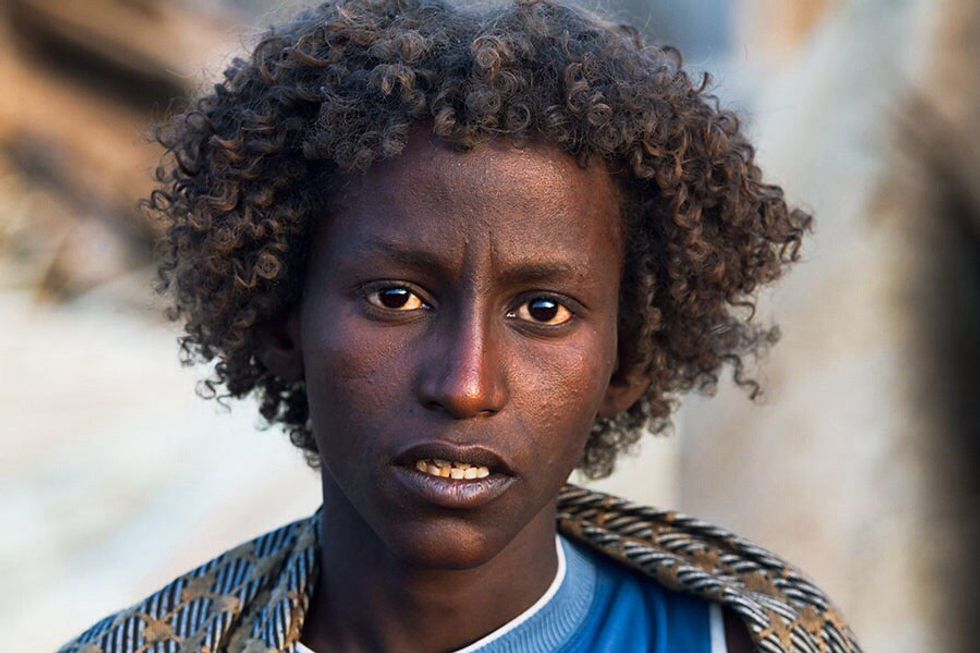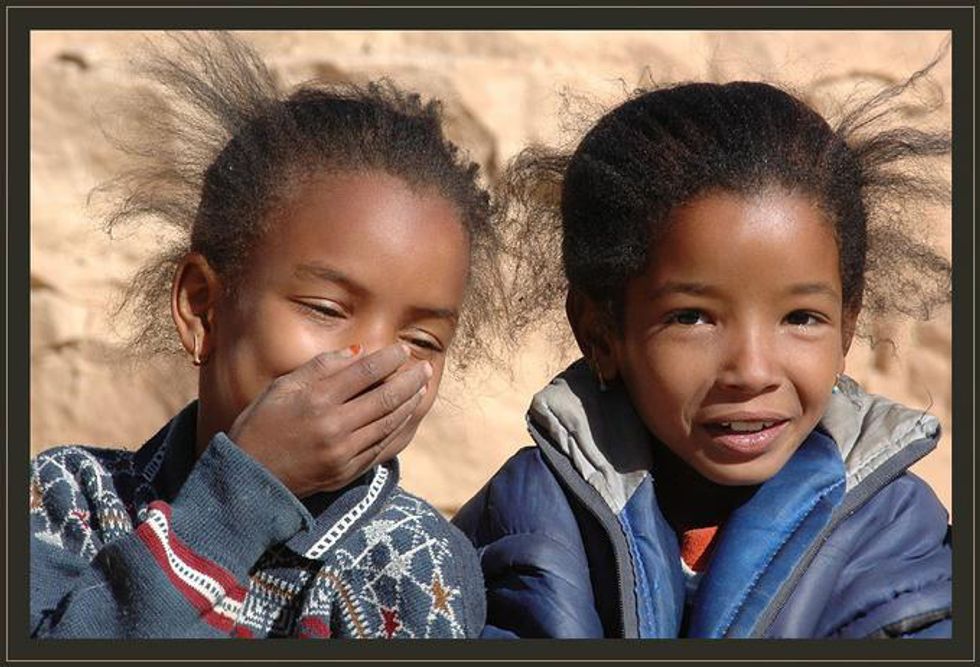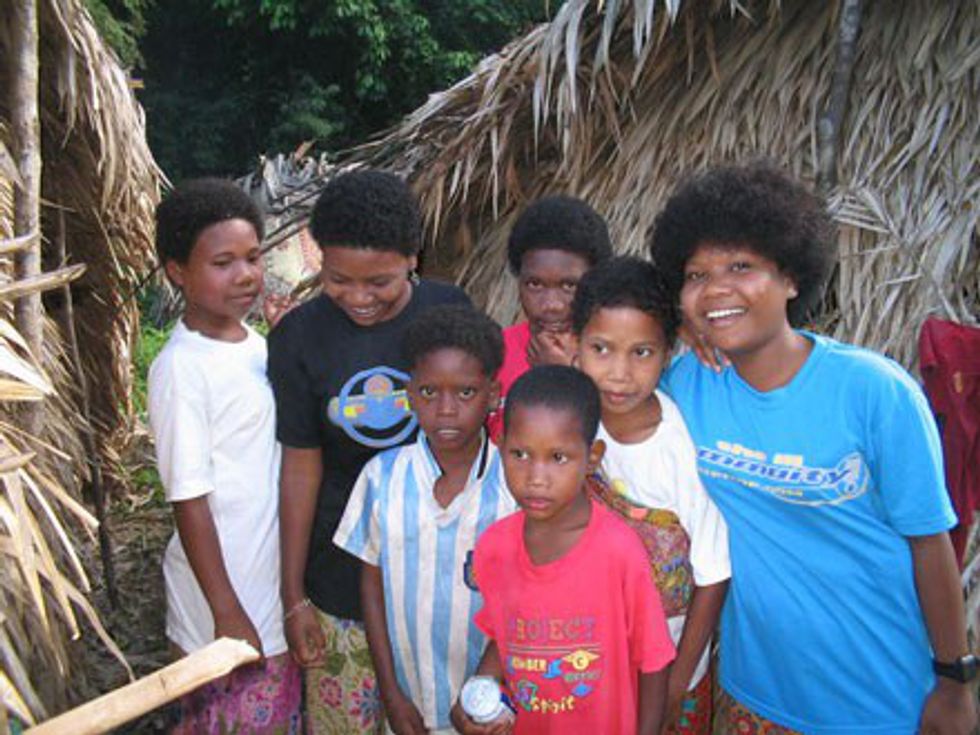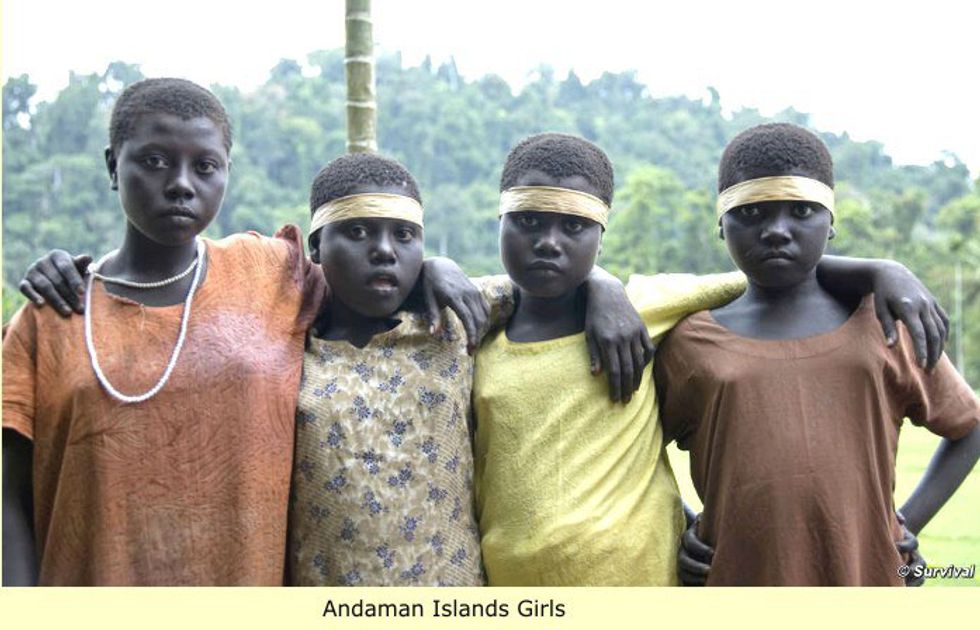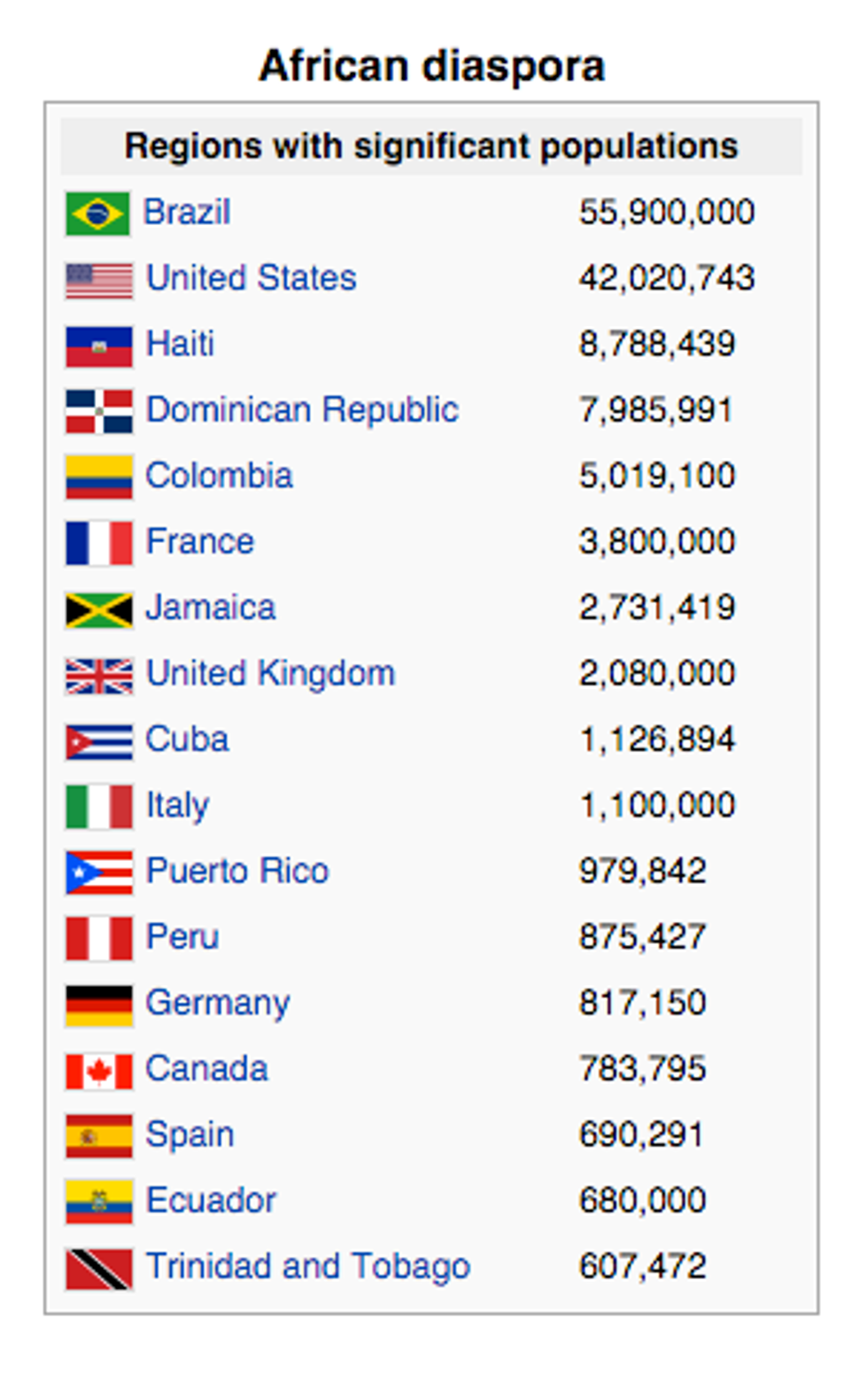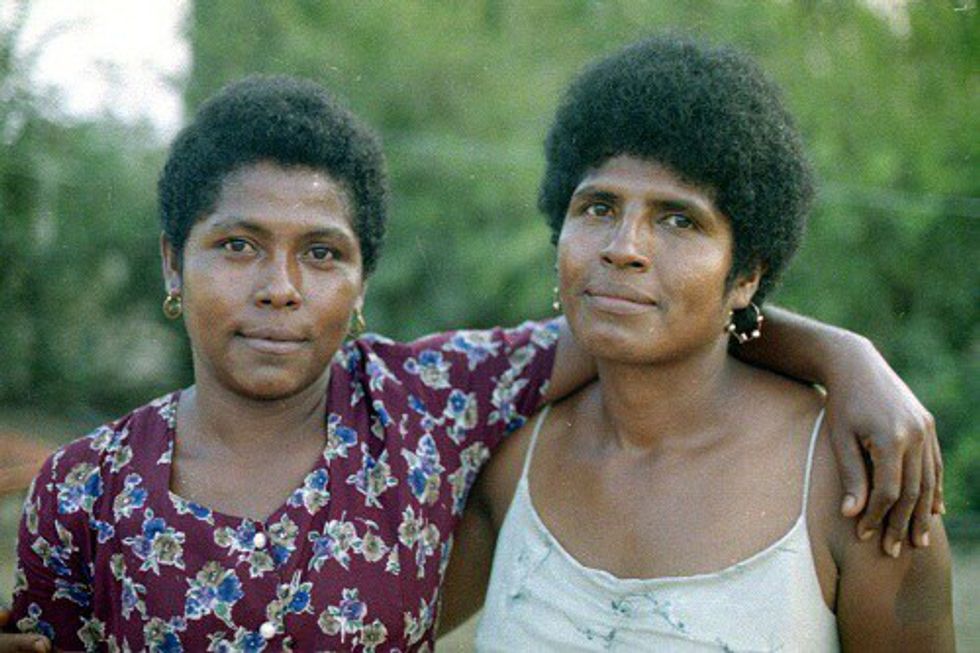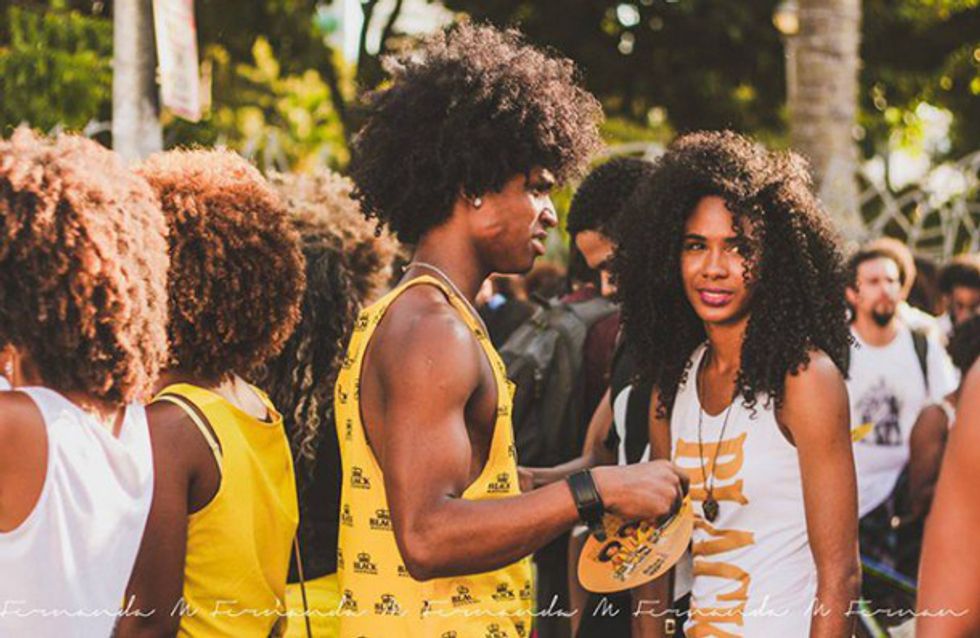Globally, due to colonization, the idea of whiteness has spread. As an ideology, whiteness cannot exist on its own. Just as day is countered by night the binary of whiteness cannot exist without blackness. These binaries are used to separate and to divide. The truth of the matter is that it these binaries aren’t as cut and dry -- or, in this case, black and white.
With slavery, the definition of blackness was stigmatized and defined. Popular history and the media perpetuates a one-dimensional idea of blackness, which hinders most people’s abilities to truly grasp the rich multifaceted truth about blackness. Through the media, we see one idea of blackness which is rooted in stereotypes and rigid binaries. We have to take a closer look to truly understand what it means to have black skin and to be defined as black. As one crosses borders and continents the social definition of blackness changes.
What does it mean to be Black Scientifically?
Scientifically, to be black means that you have melanated skin. Melanin determines people’s hair and skin color. To be black means to have black skin. Socially the definition changes depending on the country you visit. In the United States, there is a preset binary for blackness. If one were to travel to Mexico or South and Central America, the word morena/moreno would be used to describe someone with dark skin. Although in many countries having dark skin is still stigmatized, it is very different than the way “blackness” is viewed in the United States.
What does blackness look like?
What image came to your mind? Dark skin, kinky hair, dark eyes? Perhaps you thought of certain body types? There is no archetype of blackness. Black features are extremely diverse. Black people don’t have to be mixed to have lighter skin, black people come in all shades, hair types, and eye colors. There is no feature that is inherently white.
Where do black people come from?
All black people come from Africa right? That’s a myth. Black people are indigenous to many countries worldwide outside of Africa. The indigenous peoples of the Pacific Islands, the Andaman Islands, Semang peoples of Malaysia, the Mani of Thailand, and the Aeta, Agta, Ati, and 30 other peoples of the Philippines are all black. These groups of people are called “negritos” Genetically, these people are the furthest related to Africans but more genetically linked to South Eastern Asians. Prior to Australia being formed as a penal colony the indigenous peoples also had black skin.
Pacific Islanders
Negritos of The Philippines
Where are there black people?
Due to the Atlantic slave trade, Africans got transported globally. Black people got transported to North America, South America, Central America, Europe, and the Caribbean. Mexico and Peru received more slaves than the United States. Brazil contains the largest population of African descendants outside of Africa.
Afro-Mexicans
Afro-Brazilians


